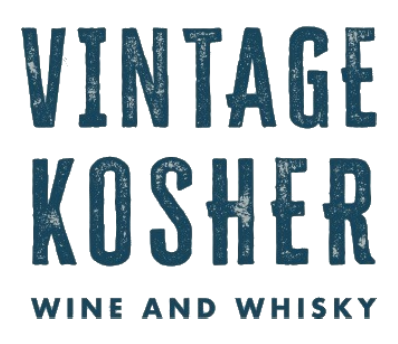Your Cart is Empty
W.L. Weller C.Y.P.B. Original Wheated Straight Bourbon Whiskey
$599.99$0.00
After serving in the Louisville Brigade during the Mexican-American war, William Larue Weller returned home to his native Kentucky. His family had helped settle Kentucky in the late 18th century, and his grandfather, Daniel Weller, purchased a distillery in Nelson County in 1800. (When Daniel Weller died, his estate was inventoried and was said to contain three whiskey barrels, two stills, one mash kettle and numerous dry kegs.)
Upon his return to Kentucky following the war, W.L. Weller joined the family business and began working at his grandfather's distillery. Weller had a sharp palate and a keen sense for business and in 1849, he introduced the first bourbon ever that used wheat as its secondary grain instead of rye. Wheated bourbons (including Pappy Van Winkle and Larceny Bourbon, which eventually imitated W.L. Weller's mashbill) have a softer and more gentle flavor profile as compared to bourbons that use rye as their secondary grain. Wheated bourbons also have a slightly sweeter taste. Weller's bourbon was incredibly popular in antebellum America and ultimately forced him to place a green thumbprint on his invoices and barrels as a certificate of authenticity.

